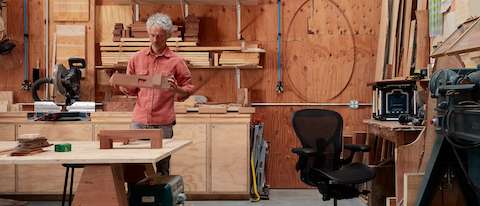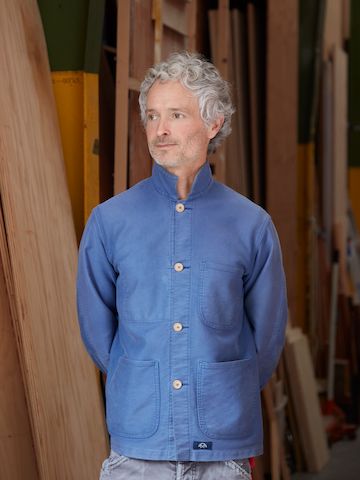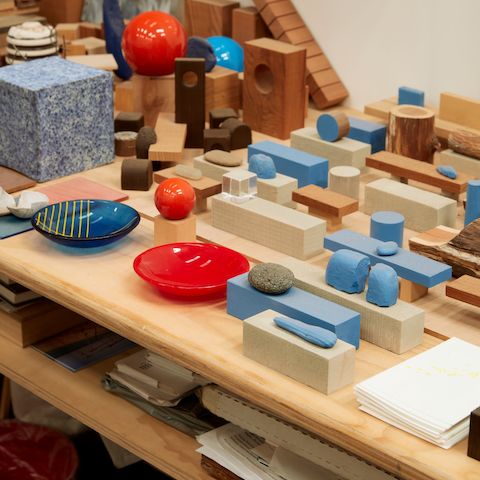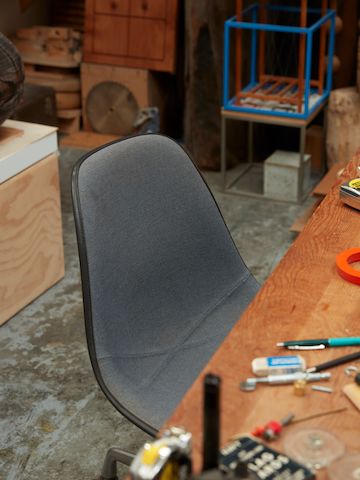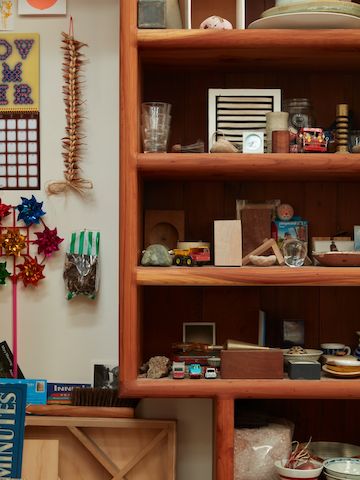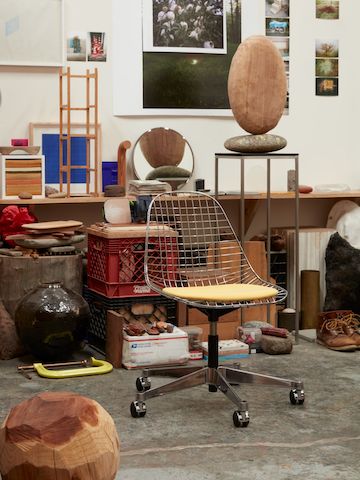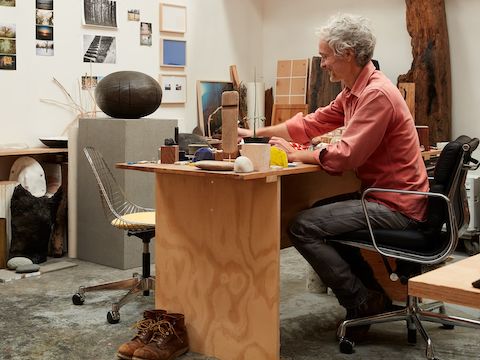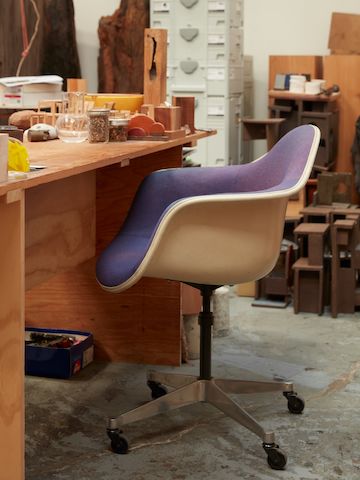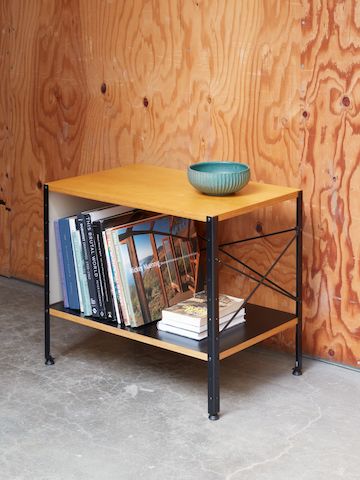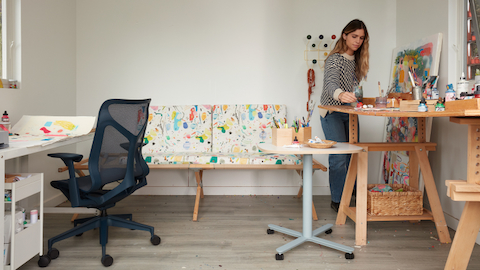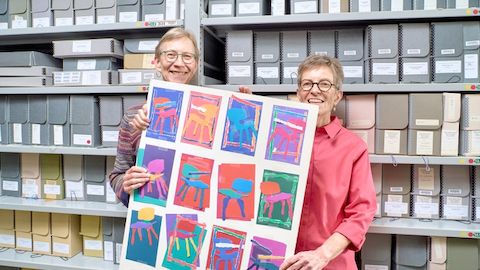Winter sun sizzles last night’s rain off the warehouse roof and tumbles through two-story skylights to warm the 12-foot plywood walls around a communal kitchen where Jesse Schlesinger is having a post-swim, pre-work coffee and holding forth on a favorite subject: food.
When a broken wrist derailed a nascent painting career, Schlesinger talked his way into a job delivering produce for Dirty Girl, an organic farm in Santa Cruz. “I fibbed that I could drive a manual,” he says, and was soon downshifting the farm’s Ford Ranger in a cast, bombing San Francisco hills to drop boxes of radishes and little gem lettuce at the city’s pioneering new California restaurants. Schlesinger grew up in the southeast—Kentucky, Maryland, South Carolina—with a Grateful Dead-following, Waldorf-teaching mother and a carpenter father. Which is to say, he knew from tofu. But this was something different. “The chefs got so excited when I’d show up, and they shared what they were making,” he says. “I remember trying squid ink pasta. What is this? It’s black!”.
A few years later, with a pieced together culinary education, Schlesinger ended up back in art school, at the California College of the Arts (CCA), learning everything he could—metalworking, printmaking, painting—but always returning to questions about place and honest materials. Eventually he found his way back to his roots and the woodworking he learned from his father.
His early projects were for restaurant-world friends: custom chairs for Outerlands, a rustic soup-and-roast-chicken spot by the beach, and the interior of Bar Tartine, the fine-dining offshoot of the city’s temple to sourdough. A sidewalk chat with Tartine’s baker Chad Robertson in 2011 turned into a ground-up rebuild of the restaurant, which opened in 2006 and closed 10 years later. “I’d never designed anything like that, but we just got all our buddies together, and did everything, the shelves, the linens, the plates and bowls.”
When it shuttered, Schlesinger rescued Tartine’s weathered redwood shelves, which now line his studio’s plywood walls. His space is a small cube slotted in among 34 others in Minnesota Street Project Studios, one of three warehouse-turned-art-spaces in San Francisco’s Dogpatch neighborhood. Architecture firm Jensen gutted and code-corrected the former screen printing factory; Schlesinger kitted it out with custom furniture, work tables, and, of course, the communal kitchen.

“These are the shelves,” he says, sweeping his hand up the western wall of his packed—but not cluttered—space. What in many kitchens are standard wire racks and industrial-grade cabinets, at Tartine was a purpose-built system of nooks and crannies. “Silverware was in here. This shelf had bread with a little spot underneath to catch the crumbs. This was the larder section, for all their pickles and preserves.” Now, these spaces are filled with books, objects, and tools, like Japanese chisels and a hand-cranked driver to pop in brass fasteners, which Schlesinger found at a shipyard in Alameda.
Schlesinger’s creative process manifests on each ledge. Toy tin trucks from the Philippines, horse bridle bells from Japan, bootleg tapes of the Dead’s 1992 New Year’s Eve show. A stack of soup bowls, a cluster of candleholders. “Candleholders are one of those designs with very simple parameters, but each has its own take,” he says. Plus, they’re symbolic: “The idea of epiphany, the possibility of enlightenment.”
Enlightenment comes every Sunday morning at the Alemany flea market, where he wanders, guided by his eye and ear for a good story. “It’s a practice in looking,” he says. “It’s like when you’re learning art history. Everything inherently inspires. But the more you look, the more it becomes clear what resonates.”
“You have to think about the life of the thing after. The redwood will silver, the bronze will patina, all the fasteners will still work.”
Schlesinger pulls down a notebook of process sketches for a new design based on the classic Adirondack chair. He clears a space on a crowded counter to flip open to a crowded two-page spread of half-inch-square ink outlines, chair after chair, a flea market table of options and ideas. “This one’s like a Naoto Fukasawa,” he says. “This is like the Rietveld crate chair, so I riffed on that, made the dimensions a little more elegant, floated the arm. You move from, ‘I think I’ve seen that before’ to ‘Oh, this I don’t recognize!’” That chair anchors his new line of home goods, Joye, which Schlesinger recently launched as a commercial offshoot of his custom art and interiors practice.
On two (relatively) clear spaces of countertop are miniature forests of forms, three- or four-inch-high models of public sculptures and benches soon to be installed along the N-Judah train line by Ocean Beach and at SFMOMA downtown. Made of concrete, bronze, and salvaged redwood, they’re designed to weather over time. “You have to think about the life of the thing after,” Schlesinger says. “The redwood will silver, the bronze will patina, all the fasteners will still work.”
A vintage Eames shell chair from Schlesinger's personal collection plays well with a new Eames ESU 1x1.
Hearing him describe his work is like watching him create it: a process of bringing together influences, ideas, people and letting them weave into something unexpected. It’s the complex, sometimes indescribable magic of cultivation and fermentation that blooms and settles into the simple beauty of a tenon joint, a candlestick, or a loaf of bread.
